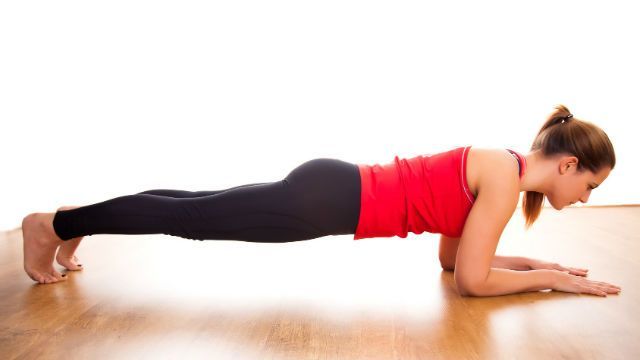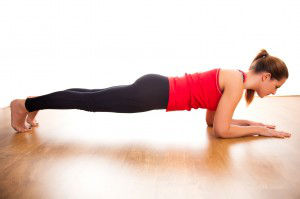
When talking about the core muscles, most people focus on the idea of well-developed, chiseled abdominals. In actuality, to strengthen your core, you need to exercise all the muscles from your shoulders down to your hips.
It’s the job of the core to stabilize, support and protect your shoulder girdle, pelvis and spine. Without core muscles, we would not be able to stand up and walk around. It is the core muscles that are chiefly responsible for shifting our body weight and controlling the movement of our muscles, while protecting our back from weight-bearing stress.
Muscles from the trunk to the torso
The most commonly identified core muscles include:
· Erector spinae and multifidus muscles run from your neck all the way down the length of your lower back. They are responsible for keeping the back straight and allowing rotations to the side.
· Internal and external oblique muscles wrap around the abdomen, on the front and side. Their function is to assist in torsional movements of the trunk area, toward the same or opposite side of the body. The internal obliques are also called “same side rotators.”
· Transverse abdominis muscles are the deepest layer of muscle at the waistline. They provide support, protection and stability by wrapping completely around the spine.
· Rectus abdominis is the muscle lining the front of the abdomen, which when well-developed is responsible for the “six-pack” appearance.
· Gluteus muscles include several muscles located at the side and back of the hip, as well as the upper thigh. These muscles assist in activities like standing up from a sitting position and the act of climbing stairs.
· Hip flexors and hip adductor muscles are found in the front of the pelvis and the upper thigh to medial thigh area. These allow movements such as raising the thigh towards the abdomen, or drawing one thigh together with the other.
What a strong core can do for you
A strong core strengthens and protects your spine during activities and movements, but it also helps to maintain a proper lumbar curve and good posture. When core muscles are weakened, it can cause changes to the lumbar curve and lead to lower back pain.
Core muscles are also essential to optimal athletic performance. Powerful movements begin in the core and move outward to the extremities. It is vital to have a stable core foundation when transferring energy and power to your arms and legs if you wish to avoid injury.
Not to mention, the increase in stamina and agility is sure to improve your sex life as well.
Strengthening your core
 The most effective exercises you can do to strengthen your core are those that engage multiple muscle groups at the same time. Front and back muscles should be working together to stabilize the spine during every activity. Exercises that provide training using your own bodyweight are generally the best for core development.
The most effective exercises you can do to strengthen your core are those that engage multiple muscle groups at the same time. Front and back muscles should be working together to stabilize the spine during every activity. Exercises that provide training using your own bodyweight are generally the best for core development.
-The Alternative Daily
Sources:
http://sportsmedicine.about.com/od/abdominalcorestrength1/a/NewCore.htm
http://www.humankinetics.com/excerpts/excerpts/functional-anatomy-of-the-core-the-abdomen
http://www.active.com/fitness/articles/why-is-a-strong-core-important

